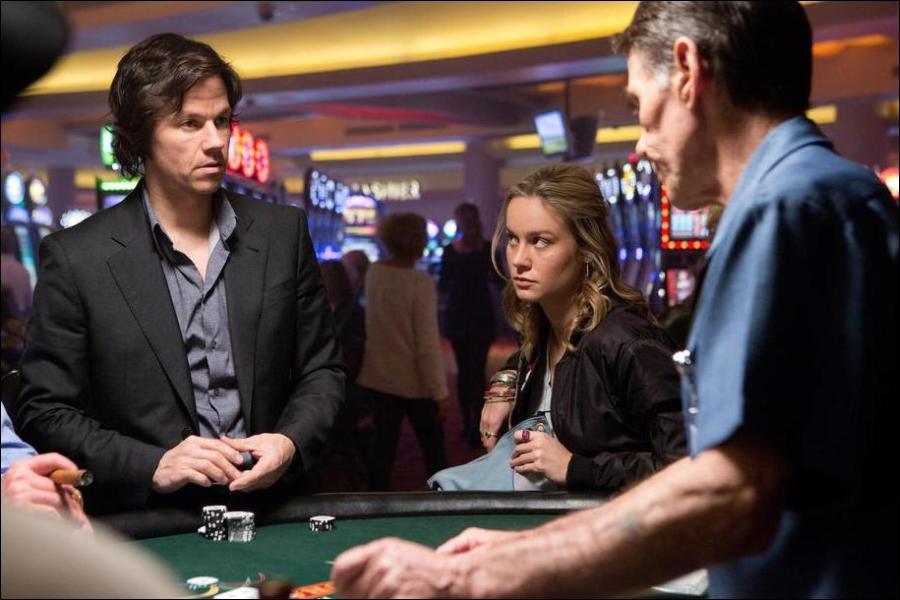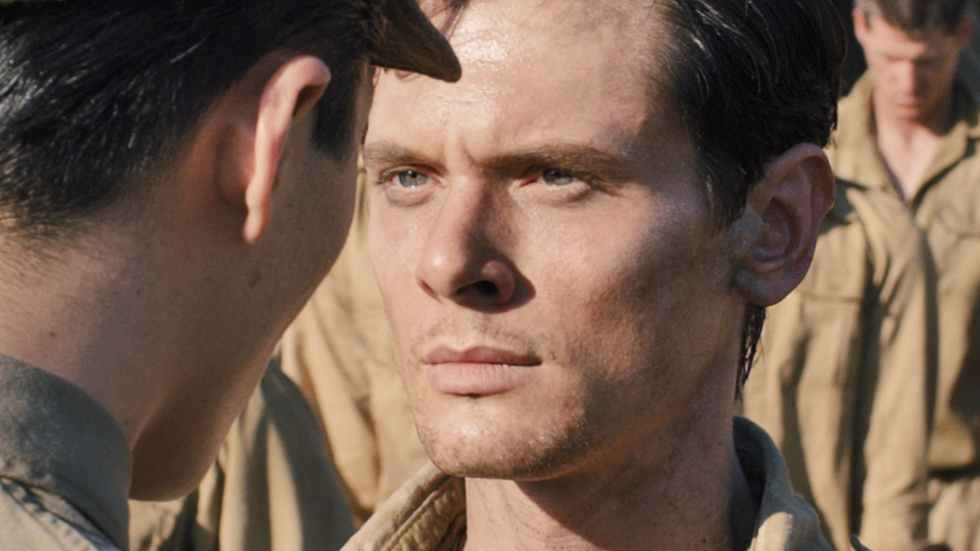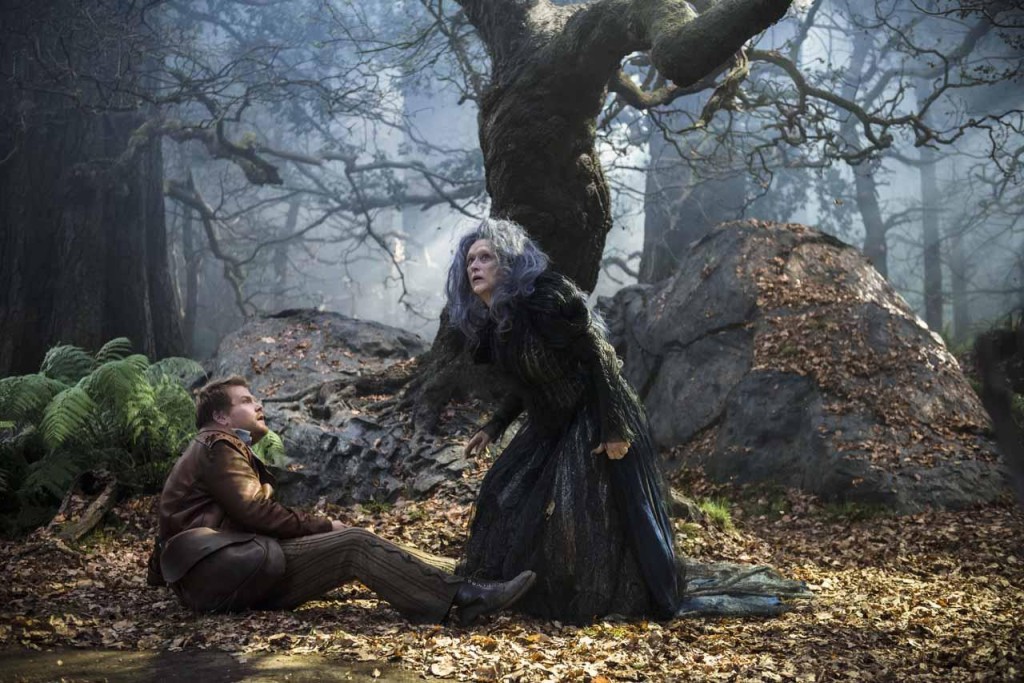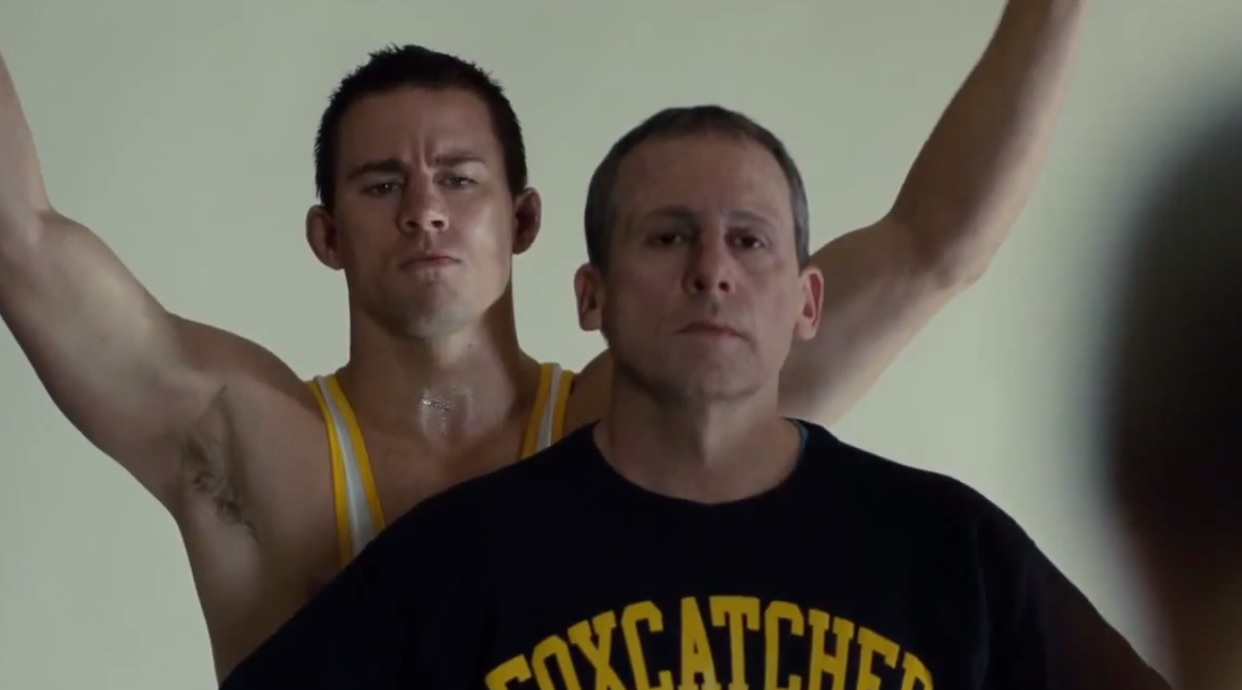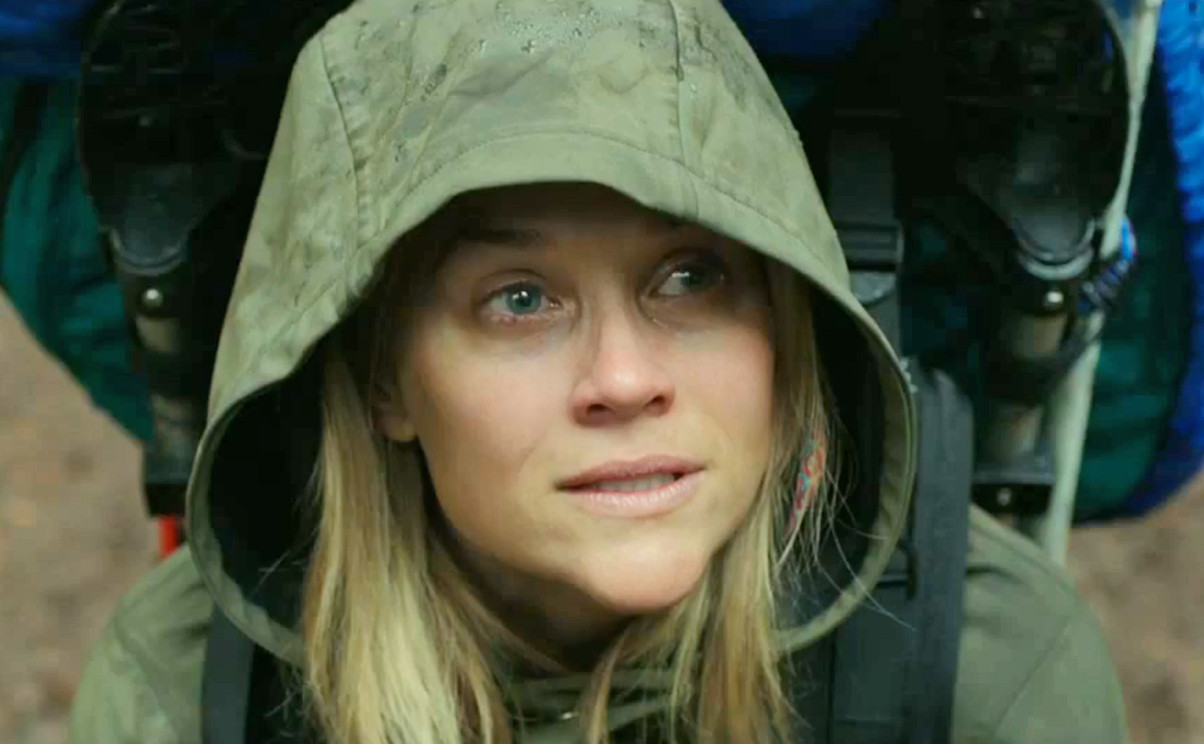The Gambler
by George Wolf
“I tell the truth, that’s all I got.”
So says Jim Bennett (Mark Wahlberg) in The Gambler, an intermittently tense thriller that doesn’t feel all that truthful.
Bennett is a college literature professor with a secret: he’s a high stakes gambler, and he’s deep in debt to the kind of people you shouldn’t be deep in debt to. Jim borrows from everyone and his mother (Jessica Lange) to get out, but his compulsion leads to a deeper and deeper hole.
If it all sounds familiar, then you remember the original 1974 version starring James Caan, a film that doesn’t exactly beg for a re-do. Still, if you’re going to do it, the writer/director team of William Monahan and Rupert Wyatt is a pretty good building block. The exciting, well-paced opening sets the hook for a more effective crime drama than the one that materializes.
Monahan wrote The Departed, and Wyatt helmed Rise of the Planet of the Apes, which makes The Gambler‘s resulting missteps all the more surprising.
Though John Goodman and Michael Kenneth Williams make solid gangsters, you never believe Jim is in any real danger if he fails to pay up. Sure, they rough him up a bit, but Jim just keeps on cracking wise like he’s in Lethal Weapon 6 and someone who’s too old for this shit is coming with the cavalry.
Even worse, when Jim gets involved in a point-shaving scheme, the resulting basketball footage makes you wonder if Wyatt has ever watched even five minutes of an actual college game.
Still, there are stretches that suggest The Gambler could have been more of a contender. Wahlberg is always better with a confident director, and he realizes Jim’s self-loathing without letting it become a caricature. Brie Larson is equally fine in an under-developed role as a student who has seen Jim’s dark side.
There are characters here that are ripe for exploring, amid the stylish depiction of a seedy underbelly worthy of illumination. It’s been done well before, but doing it well again requires hedging your bets with a few risky moves, and The Gambler is just too quick to fold ’em.
